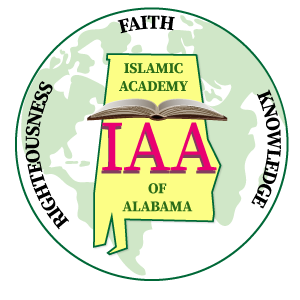Computer Sciences
Career Preparedness:
The Career Preparedness course focuses on three integrated areas of instruction-academic planning and career development, financial literacy, and technology. Course content ranges from college and career preparation to computer literacy skills to ways to manage personal finances and reduce personal risk. The area of technology is designed to be interwoven throughout course instruction. Mastery of the content standards provides a strong foundation for student acquisition of the skills, attitudes, and knowledge that enables them to achieve success in school, at work, and across the life span. As part of preparing students to be college- and career-ready, this course also equips them with the skills needed for business and industry, continuing education, and lifelong learning. Acquisition of these skills is achieved by incorporating content and strategies that can easily allow students to meet the required 20- hour online experience as defined in the Alabama State Department of Education’s High School Distance learning: Onlinellechnology Enhanced Course or Experience Guidance document. Career Preparedness is a one-credit course required for graduation that can be taught in Grades 9-12; however, it is recommended that students take the course in Grade 9. This course may be taught as two one-half credit courses consisting of Career Preparedness A and Career Preparedness B.
AP Computer Science Principles
AP Computer Science Principles is an introductory college-level computing course that introduces students to the breadth of the field of computer science. Students learn to design and evaluate solutions and to apply computer science to solve problems through the development of algorithms and programs. They incorporate abstraction into programs and use data to discover new knowledge. Students also explain how computing innovations and computing systems—including the internet—work, explore their potential impacts, and contribute to a computing culture that is collaborative and ethical.
Digital Literacy – Computer Science 3 to 5th grade
- As Computational Thinkers, students break problems into component parts, identify key pieces of information, and use that information to solve problems.
- As Citizens of a Digital Culture, students verbalize the impact of computing in a global society while safely, securely, ethically, and legally interacting with digital environments and protecting their digital identities.
- As Global Collaborators, students use appropriate digital tools to communicate data that informs, persuades, and entertains to collaborate with society locally and globally.
- As Computing Analysts, students utilize computing systems efficiently in the management and interpretation of data and information.
- As Innovative Designers, students leverage human and computer partnerships within a design process, creating useful and thoughtful solutions to problems.
- The content standards for Grades 6-8 encourage analysis, synthesis, and evaluation in digital literacy and computer science as themes within all areas of the academic curriculum. Furthermore, students in Grades 6-8 will work collaboratively to explore, employ, and develop digital tools.
Elective: Programming Python
- Foundation of Python Programming Language
- Creating Variables and using Functions
- Strings and Numbers
- If Statements and Loops
- Data Collections – Lists, Tuples and Dictionaries
- File Handling & Error Handling
- Date and Time
- Build Custom Functions and Libraries
- Object Oriented Programming (OOP)
- Recursion
- Regular Expressions
- Common Algorithms (Bubble Sort, Linear Search, Binary Search)
